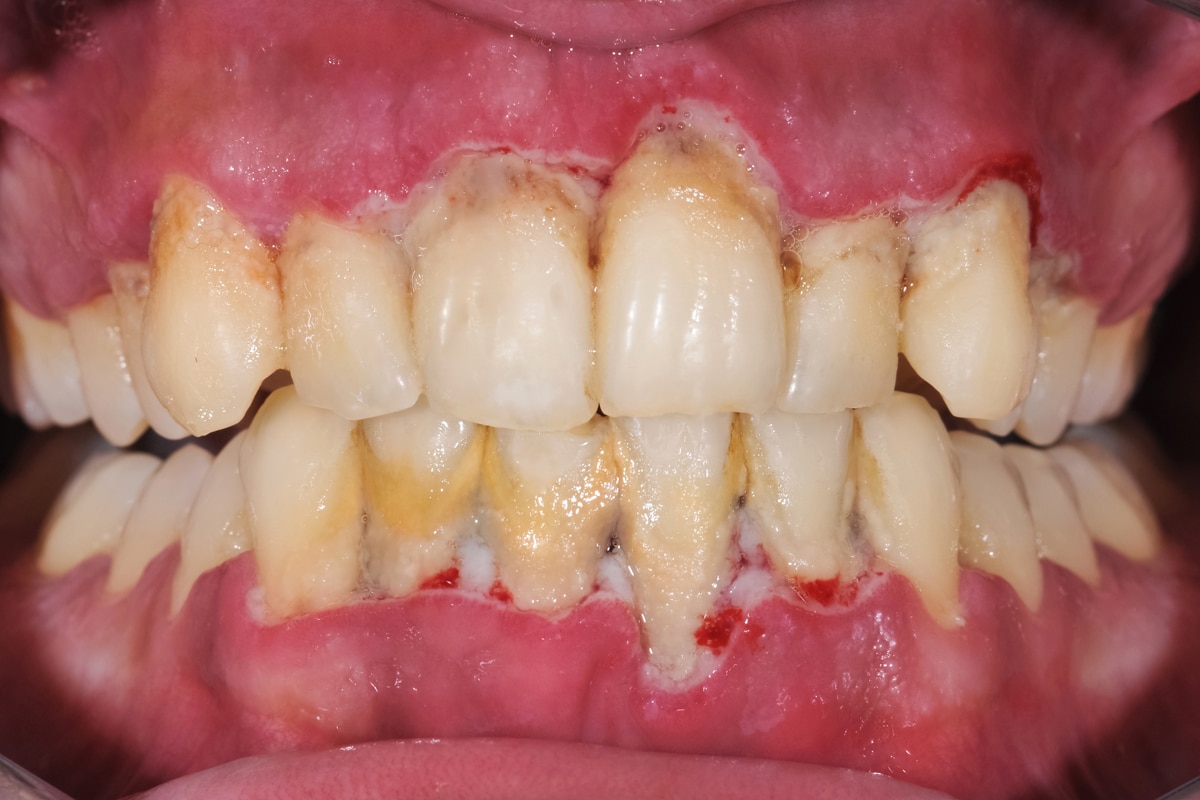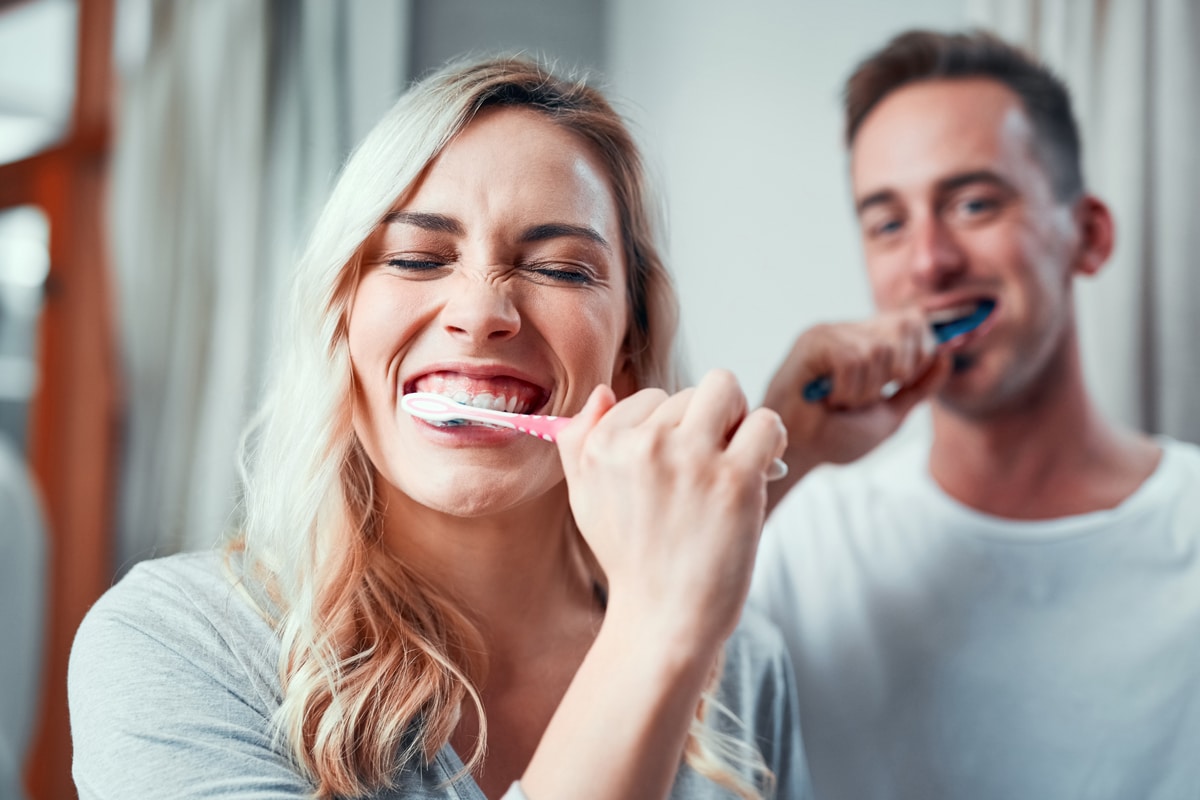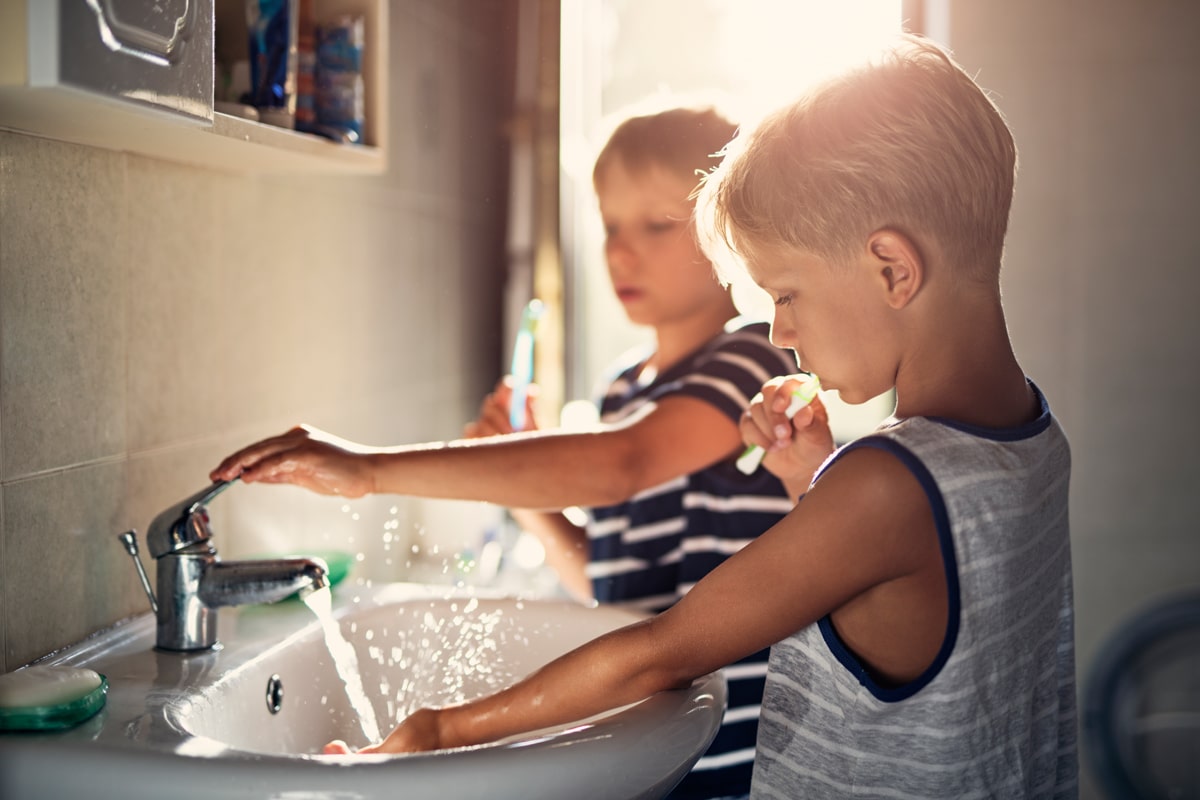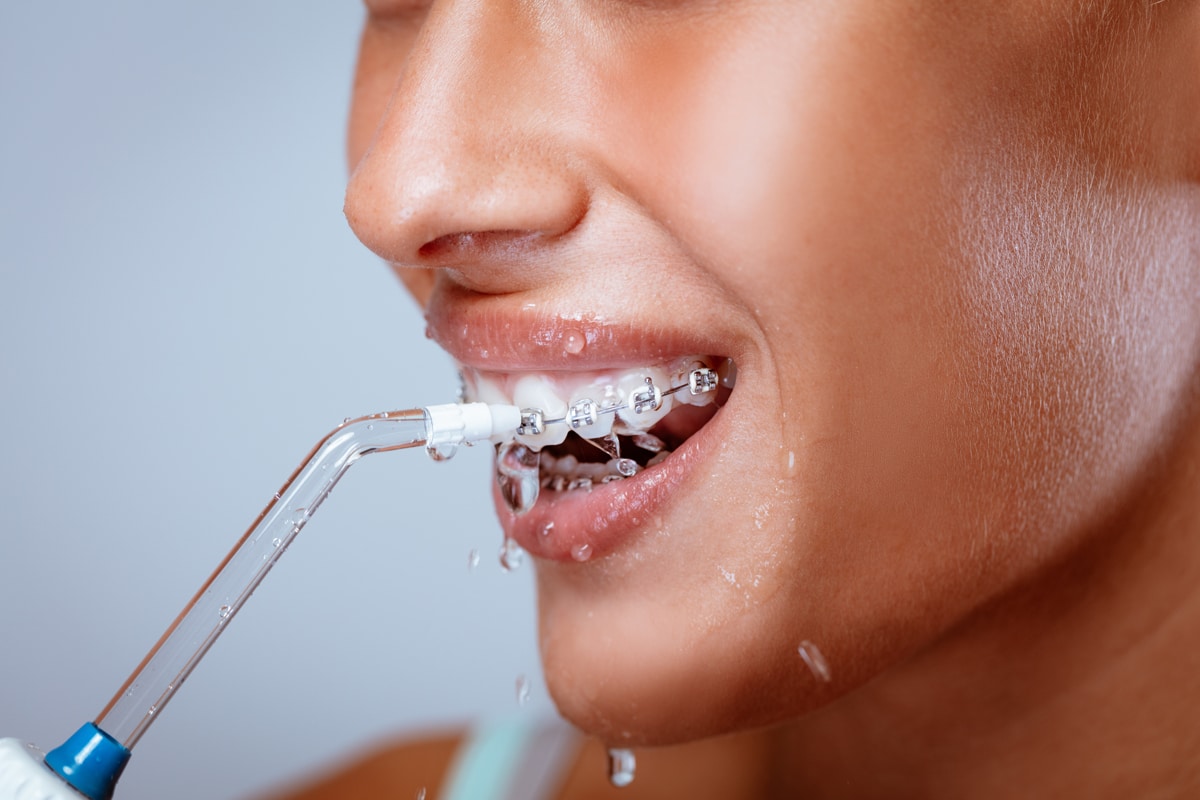Disrupting Biofilm
How much do you know about ensuring effective biofilm removal?

Disrupting Biofilm
Biofilms are composed of bacteria adhering to each other or to living or nonliving surfaces. They form complex communities surrounded by extracellular polymeric substances. Cells within these biofilms have changing physiologic and metabolic properties that contribute to their persistence. If not removed regularly, a complex and mature biofilm develops, with up to 100 bacterial species at a single site. How much do you know about ensuring effective biofilm removal?
Photo Credit: danielzgombic/E+

Toothbrush Action
Toothbrushing is the most powerful way to disrupt supragingival biofilm at home, preventing colonization of microbes subgingivally. Research shows that both manual toothbrushing and power toothbrushing result in a reduction of plaque scores. Duration of brushing remains a key factor in efficacy of biofilm removal. After 2 minutes of brushing, a 41% reduction in plaque scores was found compared with only a 21% reduction after 1 minute of brushing.
Photo Credit: PeopleImages/E+

Adding an Antibacterial Ingredient
Toothbrushing provides the main mechanical effect of plaque removal, not toothpaste. However, adding antibacterial ingredients, such as stannous fluoride and triclosan/copolymer, within dentifrice is helpful for biofilm management. When combined with fluoride (for caries prevention), antibacterial pastes provide an efficacious option for combating oral diseases.
Photo Credit: Imgorthand/E+

Interdental Cleaning With Floss
Floss does not meet the intraoral and personal needs of all patients. Also, compliance with daily flossing is low. Nevertheless, dental floss is ideal for those who can use it effectively and patients with type I gingival embrasure spaces and shallow pockets. Conversely, open embrasures and recession may be best treated with interdental brushes.
Photo Credit: jacoblund/ISTOCK/GETTY IMAGES PLUS

Brush Option
Interdental brushes come in different widths to match a patient’s interproximal anatomy. Brushes for use around implants have a coated wire to avoid scratching and prevent galvanic shock. In general, interdental brushes as an adjunct to toothbrushing are more effective in removing plaque compared with brushing alone.
Photo Credit: SerrNovik/ISTOCK/GETTY IMAGES PLUS

Try Oral Irrigation
Oral irrigation can be used for supragingival or subgingival biofilm disruption or both, and with water alone or an antimicrobial. Two systematic reviews revealed that while the oral irrigator and toothbrushing did not reduce visible plaque biofilm, their use did improve gingival health. It may be that irrigation alters the composition of key pathogens, interferes with biofilm maturation, or changes the subgingival microbial environment due to the pulsating action.
Photo Credit: MilanMarkovic/ISTOCK/GETTY IMAGES PLUS

Power of Mouthrinse
Evidence supports the use of antimicrobial mouthrinses in addition to mechanical biofilm disruption for most patients. These antiseptic rinses act on the oral biofilm’s ability to form, grow, and mature.
Photo Credit: AndreyPopov/ISTOCK/GETTY IMAGES PLUS

Leave it to the Professionals
Mechanical biofilm disruption by the professional occurs both in the supragingival (oral prophylaxis/debridement) and the subgingival environment (scaling and root planing/debridement). Mechanical debridement of the subgingival environment remains the cornerstone of periodontal therapy. Although not a permanent solution to biofilm removal, mechanical therapy temporarily disrupts its aggregation.

